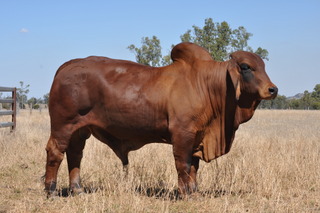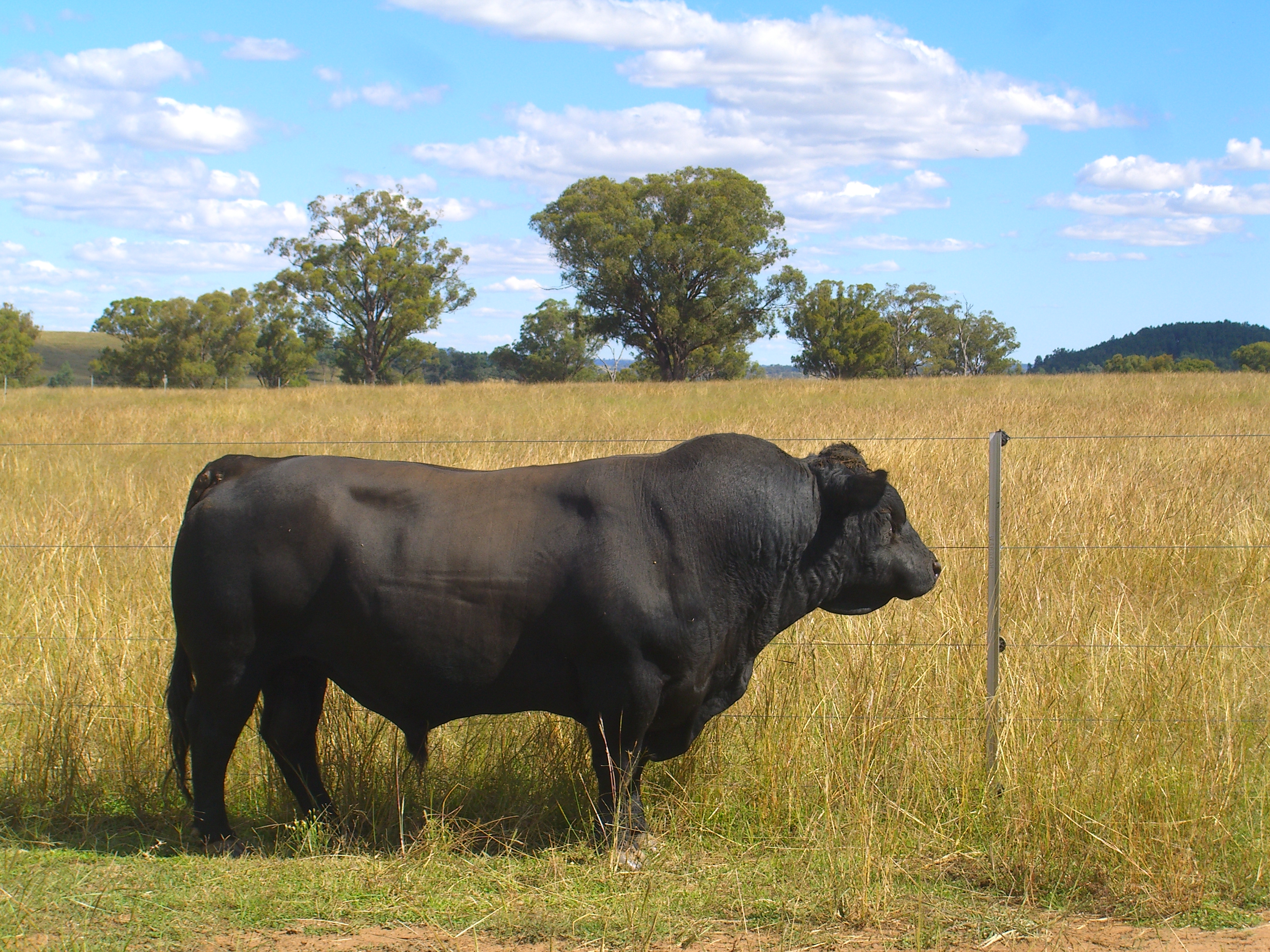Australian Beef Cattle Exports
Australian Beef Cattle
Australian Beef Cattle exports are conducted by Australian livestock exporters licensed by the Australian Government and the industry is highly regulated and has high levels of compliance. Animal welfare is a primary component of the compliance and a focus of the way in which we conduct our business.
Bos Indicus
These breeds have a Zebu component,  which originated in southern Asia. Zebus are distinguished from the European breeds by the presence of a musculo-fatty hump, a pendulous dewlap, apendulous prepuce in the male, and a short sleek coat. They are better suited to the hot temperate regions of northern Australia because they are more tolerant of heat and are resistant to tick fever, a common disease in these areas.
which originated in southern Asia. Zebus are distinguished from the European breeds by the presence of a musculo-fatty hump, a pendulous dewlap, apendulous prepuce in the male, and a short sleek coat. They are better suited to the hot temperate regions of northern Australia because they are more tolerant of heat and are resistant to tick fever, a common disease in these areas.
Characteristics of the main Bos indicus breeds in Australia are:
- Belmont Red. Origin: Queensland. Developed in Australia in 1968. 50% Africander, 25% Hereford, 25% Shorthorn. Features: red colour; horned.
- Brahman. Origin: USA. Introduced to Australia in 1933. Features are silver-grey coat; horned. Calve easily, milk well and are very protective of their young. Maternal/rotation place in cross breeding. See video above.
- Brangus. Developed from Brahman and Angus. Upgrading of breed between 1950 and 1960. Brangus are made up of 37.5% Brahman and 62.5% Angus. Black, polled, reasonable heat and tick tolerance. Medium sized, average to late maturity, yields a carcase without excess fat.
- Braford. Developed in Queensland between 1946 and 1952. 50% Hereford and 50% Brahman, now stabilised. Heat resistant and relatively tick tolerant. Slightly later maturing than the British breeds. Produces good yearling and steer carcases.
- Droughtmaster. Queensland. Established in Australia in 1956. 37.5%-50% Brahman and 50%-62.5% Shorthorn, with some mixture of Red Poll and Hereford. Features are red colour: horned or polled.
- Santa Gertrudis. Origin: USA. 37.5% Brahman, 62.5% Shorthorn. Introduced to Australia in 1952. Features are red colour; polled or horned. Maternal/rotational/terminal place in cross breeding.
- Senepol breed of beef cattle were developed on the Caribbean Island of St. Croix from N’Dama cattle, imported in the late 19th century, by crossing with Red Poll cattle. The Senepol breed combines the N’Dama characteristics of heat tolerance and insect resistance with the docile nature, good meat, and high milk production of the Red Poll. They are polled, short haired, and colored red, black or brown and are proving popular in crossbreeding programs.
- Wagyu are proving a potent upgrade to Bos Indicus breeds including the Brahman
Bos Taurus
Bos taurus breeds originated in Europe and are all humpless. 
These breeds are better suited to areas in southern Australia.
Characteristics of some of the main Bos taurus breeds are:
- Angus. Origin: Scotland. Introduced to Australia about 1840. Features are a black coat (recessive red gene also), polled. Suited to vealer, steer and bullock production or maternal/rotational place in cross breeding.
- Lowline Angus. Origin: Australia. Developed from 1974 to 1994 are a minor breed but possess high performance traits. They are not a dwarf breed and were bred with selective genetic traits to study growth traits to a yearling stage. A wonderful option for smaller farms and a breed with high quality beef and quite temperaments.
- Boran. Origin: Kenya; The Boran cattle breed originated in the northern area of Kenya, on the Somali border. Kenyan ranchers recognised them as the best indigenous beef animal in East Africa, and through careful selection improved the breed to the highly efficient animals they are today. Introduced to Australia in 1988 on Cocos Islands and to the mainland in 1990.
- Charolais. Origin: France. Introduced to Australia in 1969. Features are white or cream coat; polled and horned strains. Suited to bullock production or as a terminal sire in cross breeding programs.
- Hereford. Origin: England. Introduced to Australia in 1826. Features are red coat with white face and underline, and horned. Suited to vealer, steer and bullock production or maternal/rotation place in cross breeding.
- Limousin. Origin: France. Introduced to Australia in 1973. Light brown in colour and horned. Breed is heavily muscled and known for high meat yield with aminimum of fat. Smaller than other European breeds and earlier in maturity, but later maturing than British breeds. Suitable for cross breeding programs.
- Murray Grey. Origin: Wodonga, Victoria. Developed in 1905 from Angus and Shorthorn breeds. Features are dun grey coat (range from silver grey to dark grey), polled. Suited to vealer, steer and bullock production or maternal/rotational place in cross breeding.
- Poll Hereford. Origin: USA. Introduced around 1920. Little difference between Hereford and Poll Hereford apart from Poll factor. Well suited to all markets.
- Shorthorn. Origin: England. Introduced to Australia in 1825. Features are red, roan or white coat; polled and horned breeds. Contributed to the development of Santa Gertrudis, Belmont Red, Droughtmaster and Murray Grey. Suited to vealer, steer and bullock production or maternal/rotational place in crossbreeding.
- Simmental. Origin: Western Europe (Switzerland, Germany, Austria, France etc) Introduced to Australia in 1970. Features are red coat with broken white markings and white face; horned and polled strains. Suited to vealer, steer and bullock production maternal/rotational/terminal place in cross breeding.
- Wagyu. Origin: Japan introduced into Australia in 1993 from cattle exported from Japan to USA and on to Australia. Their strengths include outstanding beef eating quality, high marbling, delivering beef tenderness, juiciness and flavour, they have quiet temperaments, are very adaptable, are early maturers, strong foragers, transport well over long distances, are resilient in the feedlot, including resistance to Bovine Respiratory Disease and are in strong demand from foreign markets including Japan and China. They are also proving to be a potent genetic upgrade to cattle breeds including Angus, Holstein and Bos Inidcus breeds such as the Brahman in crossbreeding programs.